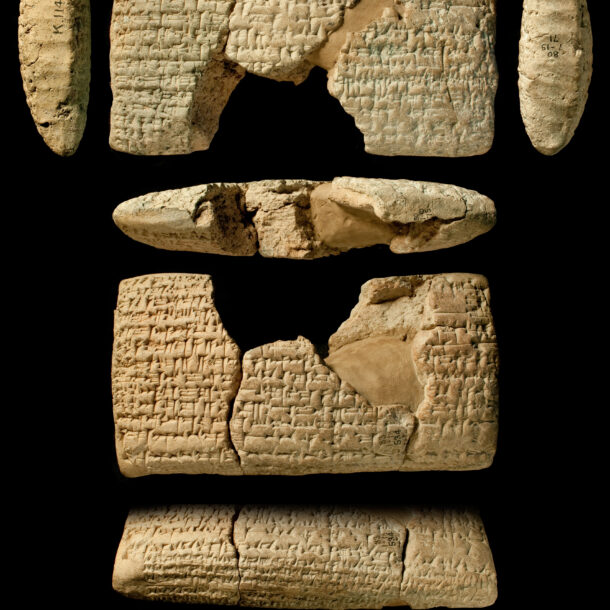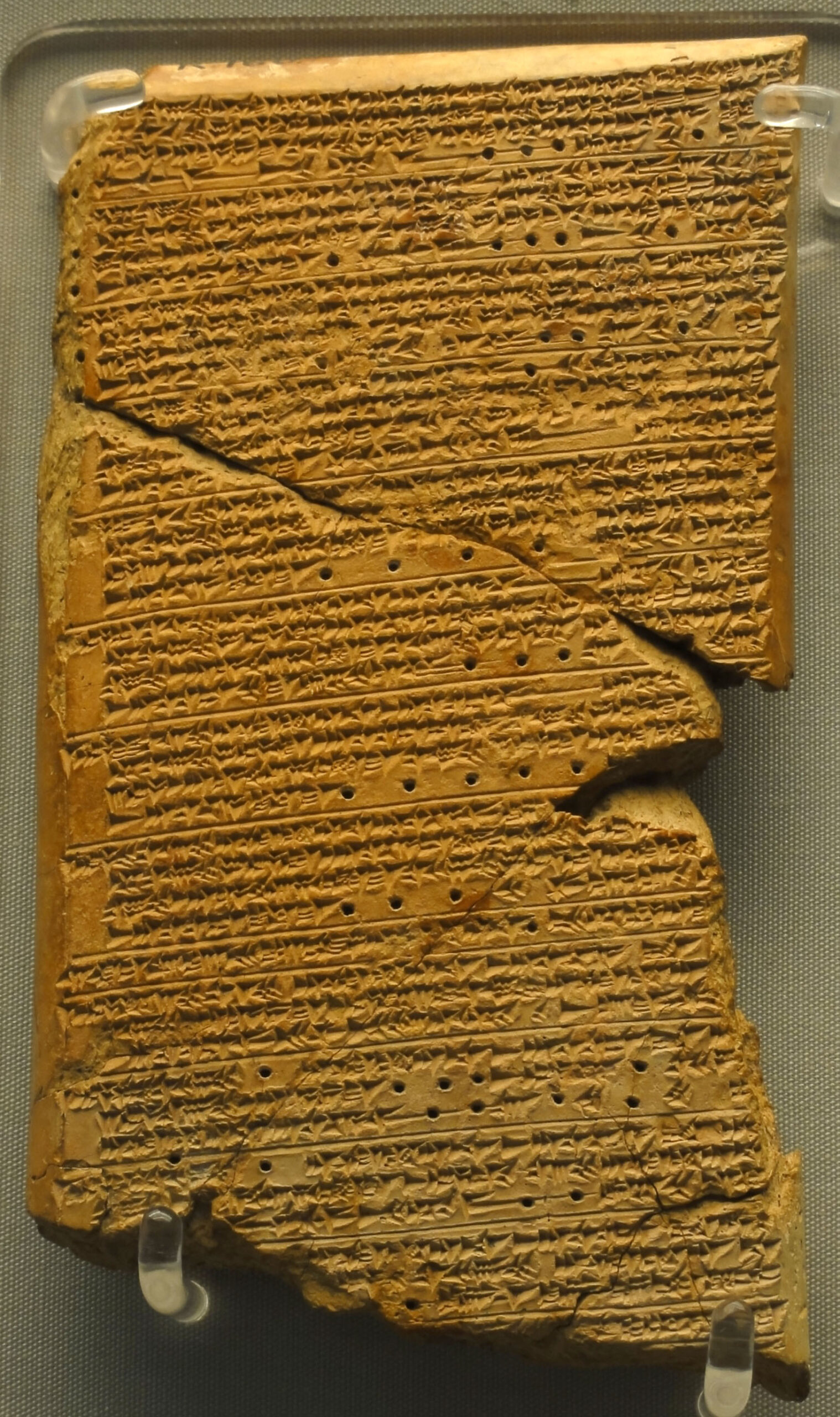Day 27, the Sumero-Akkadian cuneiform challenge. 180 days of the most influential cuneiform tablets in my life. With Anne Boleyn, Catherine Parr, and a ram’s fissured gall bladder.
The Assyrian Empire is divided into four periods, the Early Assyrian Empire, the Old Assyrian Empire, the Middle Assyrian Empire, and the Neo-Assyrian Empire. It arose in upper Mesopotamia, towards the end of Sumer’s Early Dynastic period further south, and continued to grow as the Akkadian Empire rose and fell, and was absorbed into Babylonia.
During the period from 911-619 BC, when the Assyrian ruled Babylonia as part of the Neo-Assyrian empire, Akkadian began to die out as a spoken language, being supplanted by Eastern Aramaic. While Akkadian remained an official language written language, Sumerian was falling out of use even in written form. The Neo-Assyrian’s continued to produce some wonderful Sumero-Akkadian cuneiform tablets and inscriptions, all the way through their time in the sun, so we’ll still give them some love.
The Assyrians were oftentimes astute in the running their empire, employing many of the tools of state that marked the political zenith of European royalty and empire-building: spying and intelligence gathering (secret sources tell me there may be more on this on day 62); cultural propaganda; and – as today’s tablet tells us – political marriages.
The tablet is a wonderful example of extispicy. King Esarhaddon was considering sending one of his daughters to Bartatatua, king of the Scythians, in order to build a bond between the two royal houses. Esarhaddon was clearly wary of the Scythian, since he asked for two rams to be slaughtered and their entrails read like those magic 8-balls we saw on day 15. The question posed was as follows: “If Esarhaddon, king of [Assyria], gives him a royal daughter in marriage, will Bartatua, king of the Scythians, speak with [Esarhaddon], in good faith, true and honest words of peace? … Will he do [whatever is] pleasing to Esarhaddon, king of Assyria?”
There follows a pair of descriptions of ram innards, which may have made for an intelligible answer to the diviner at the time, but to me I couldn’t tell if you 14 or 16 coils in the colon are good or bad, if a fissured gall bladder was a sign you could trust the Scythian, or if a thick breastbone meant his daughter would find marriage like Anne Boleyn (beheaded), or Catherine Parr (survived). The tablet includes neither explanation nor answer. This lack of interpretation is typical of the time: later practice, particularly in the reign of Ashurbanipal, would include an interpretation as part of the standard format.
So we don’t know for sure if the marriage happened, but Assyria and Scythia formed an alliance soon afterwards, so it seems likely.
The fall of the Assyrian Empire was a chaotic period of incursions from the Scythians, the Cimmerians, the Medes, and the Babylonians. Eventually it would be the Babylonians who took control, under their king Nabonidus. It’s either a strange coincidence, or perhaps politically helpful, that Nabonidus was actually a native of Assyria. It’s not “ironic” though, despite what Wikipedia would have you believe. At this point, the Babylonian empire, along with the recaptured Assyria, is not long for this world. Something is looming on the eastern horizon.
Tomorrow, make way for the King of Kings.

